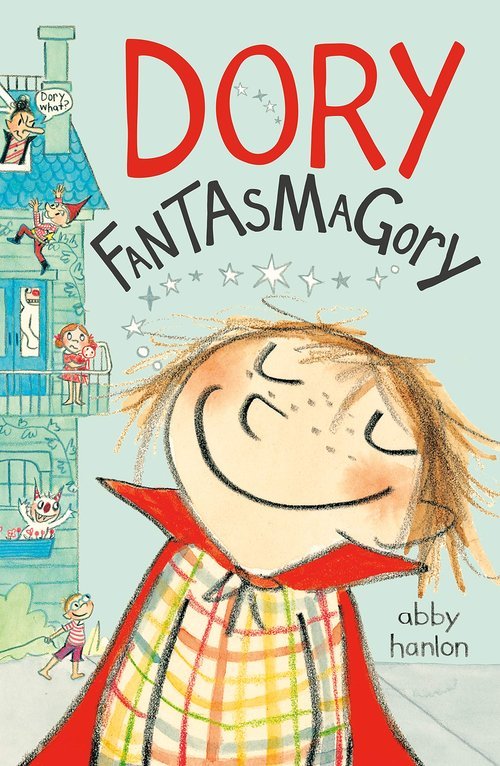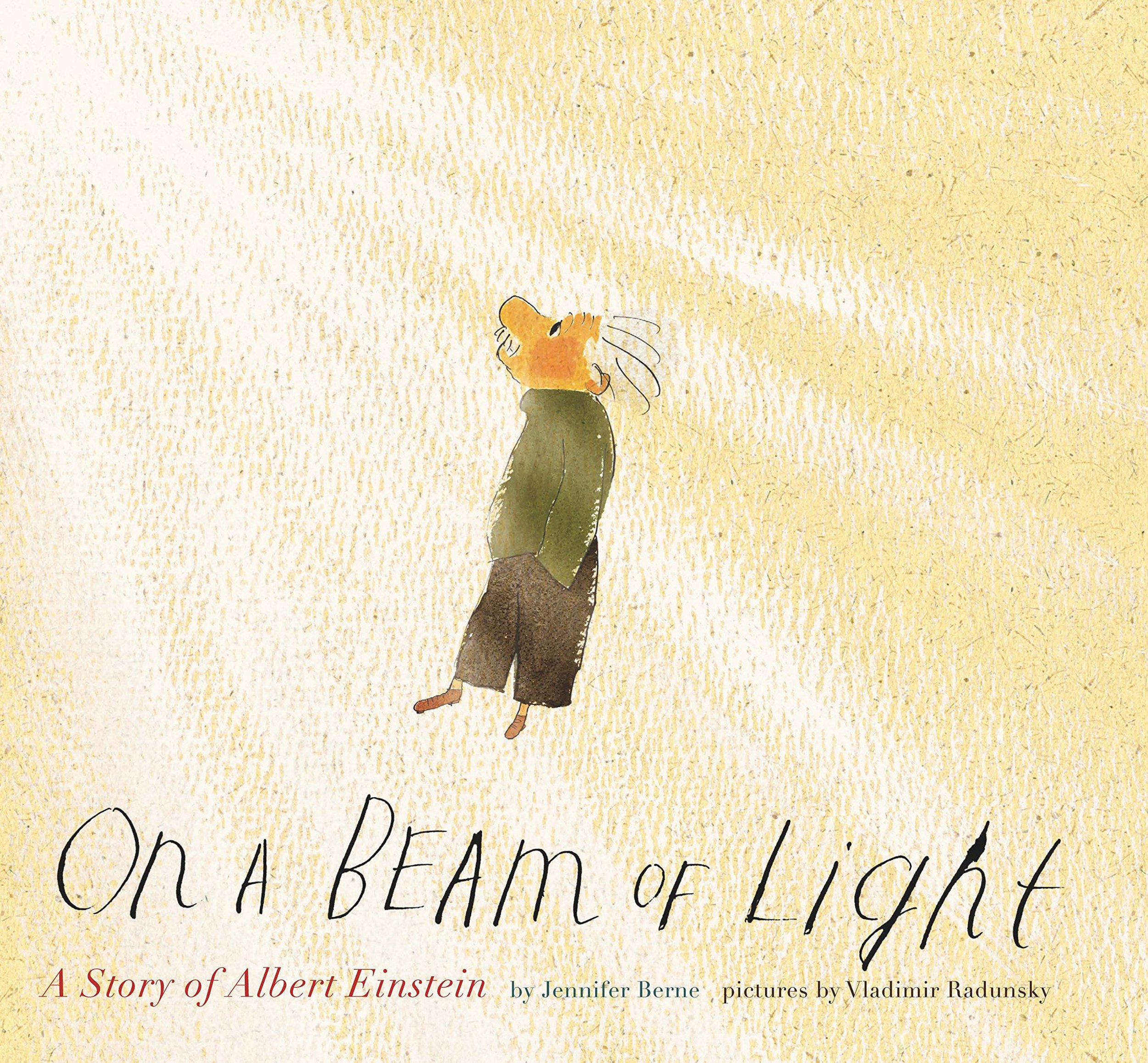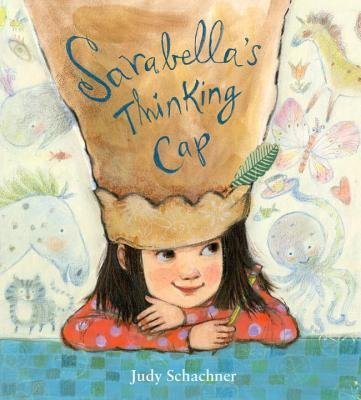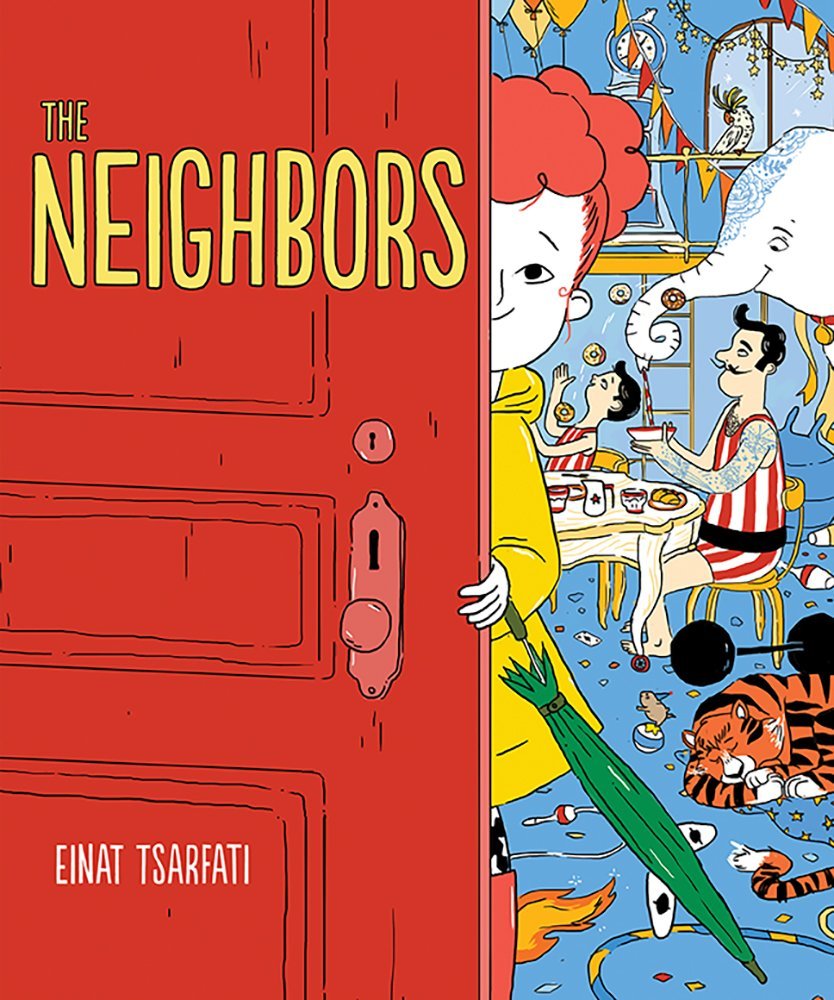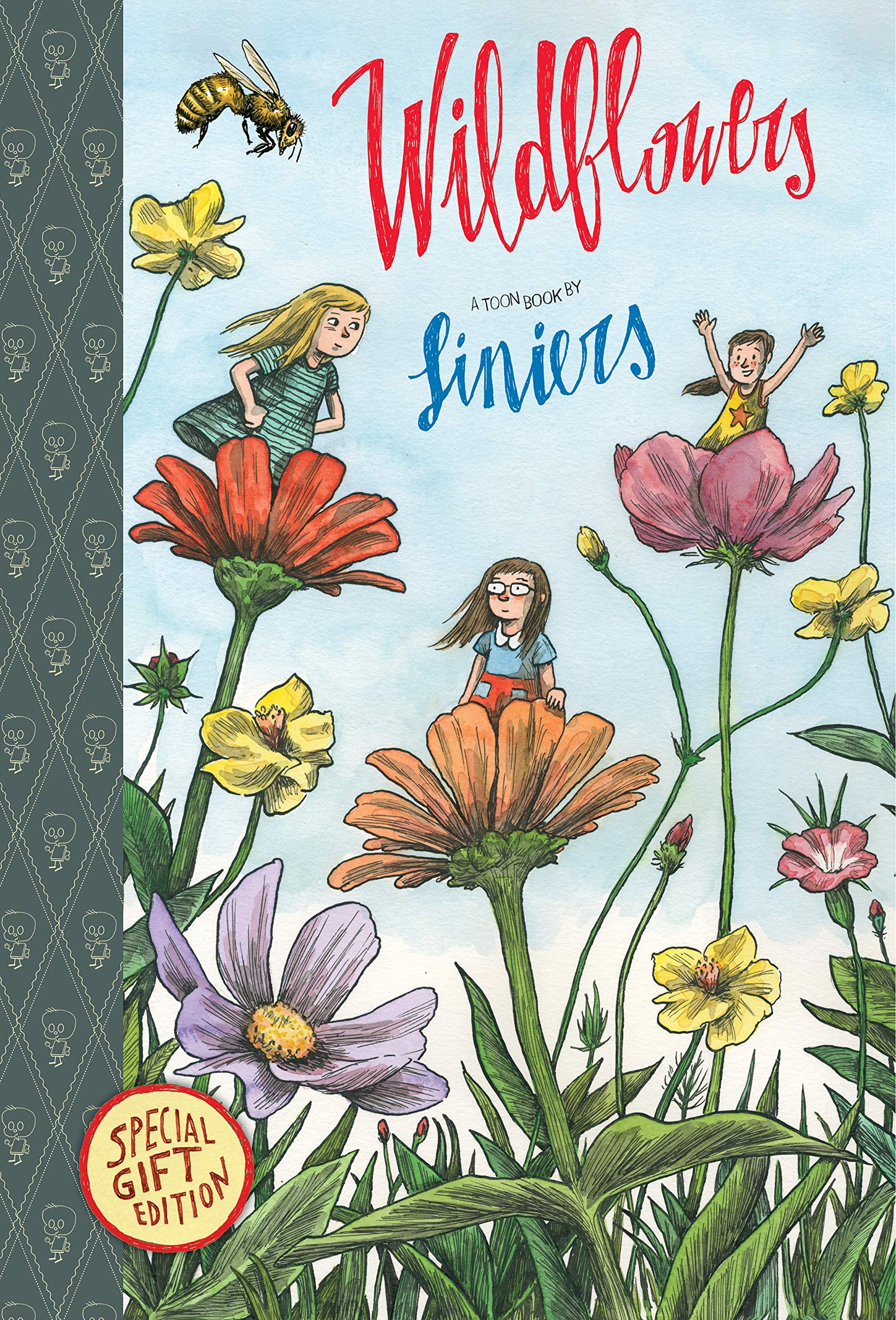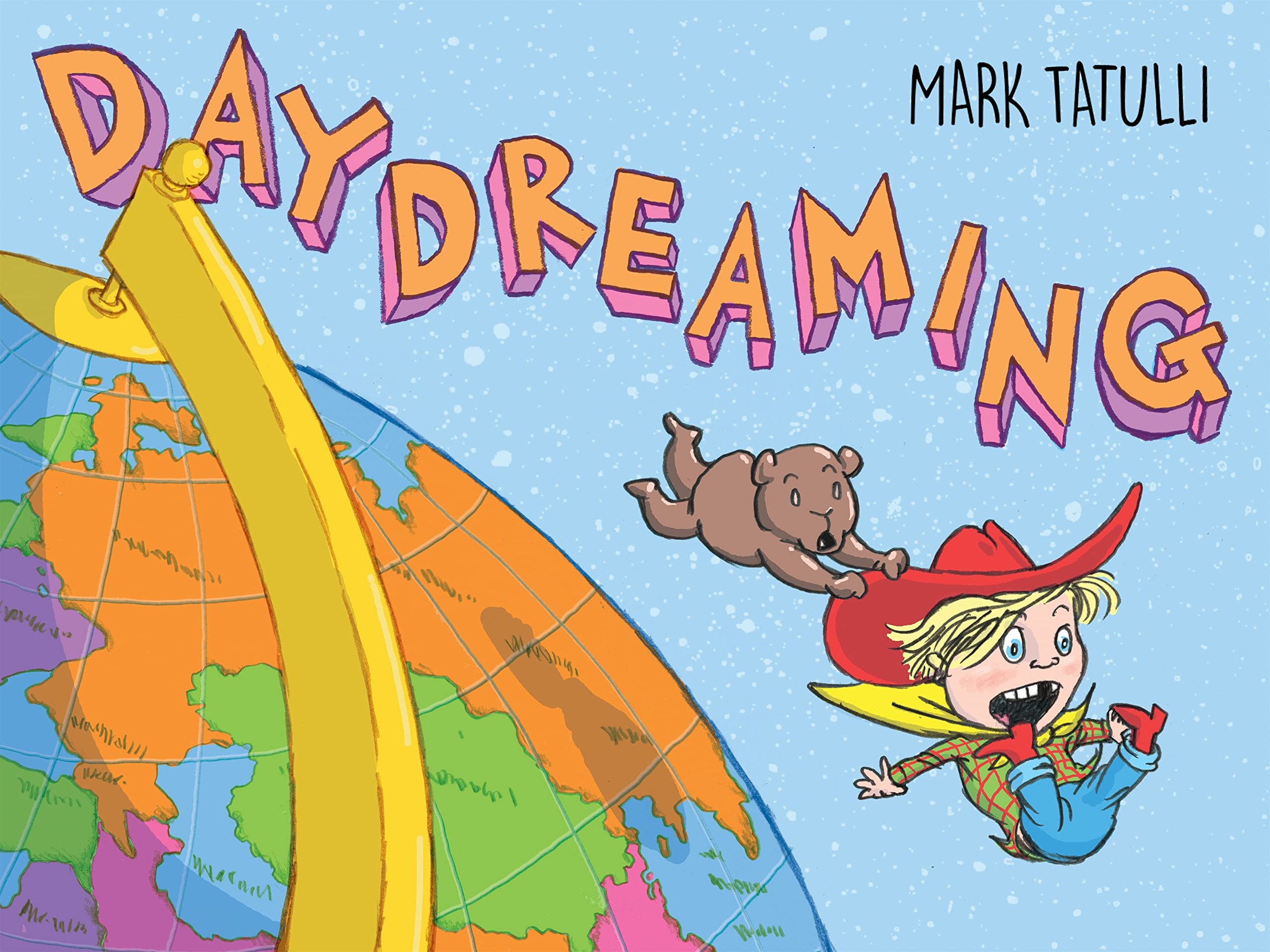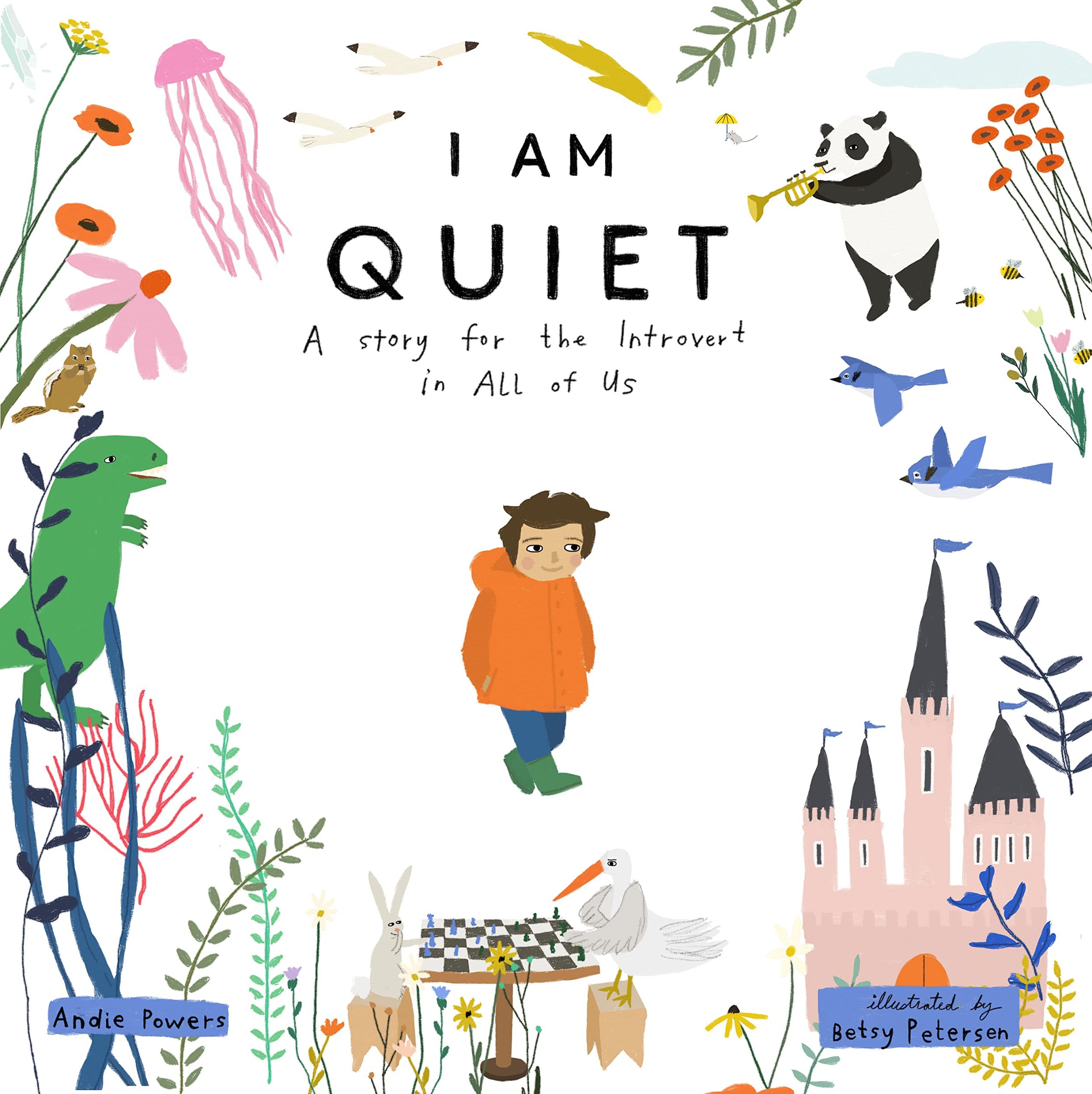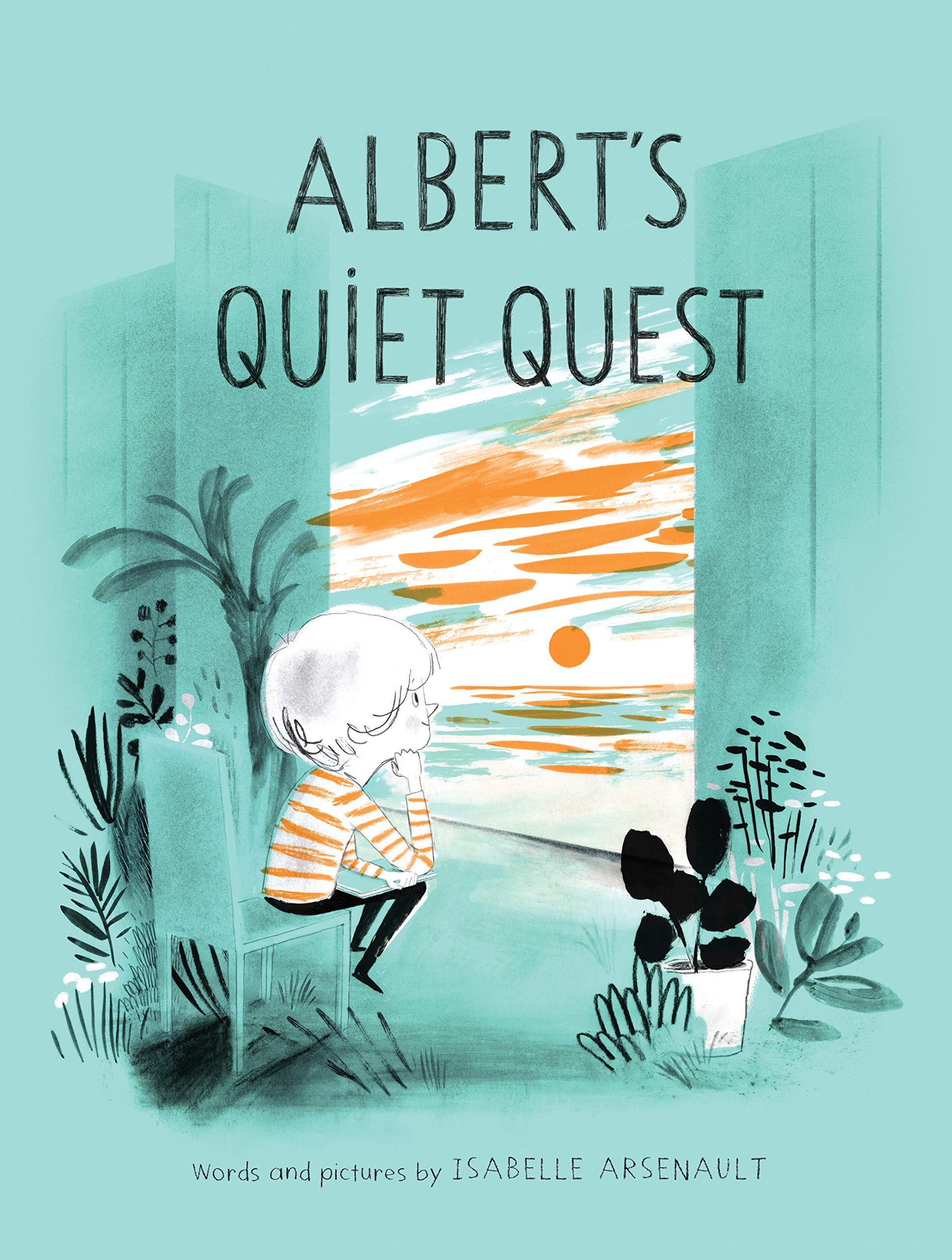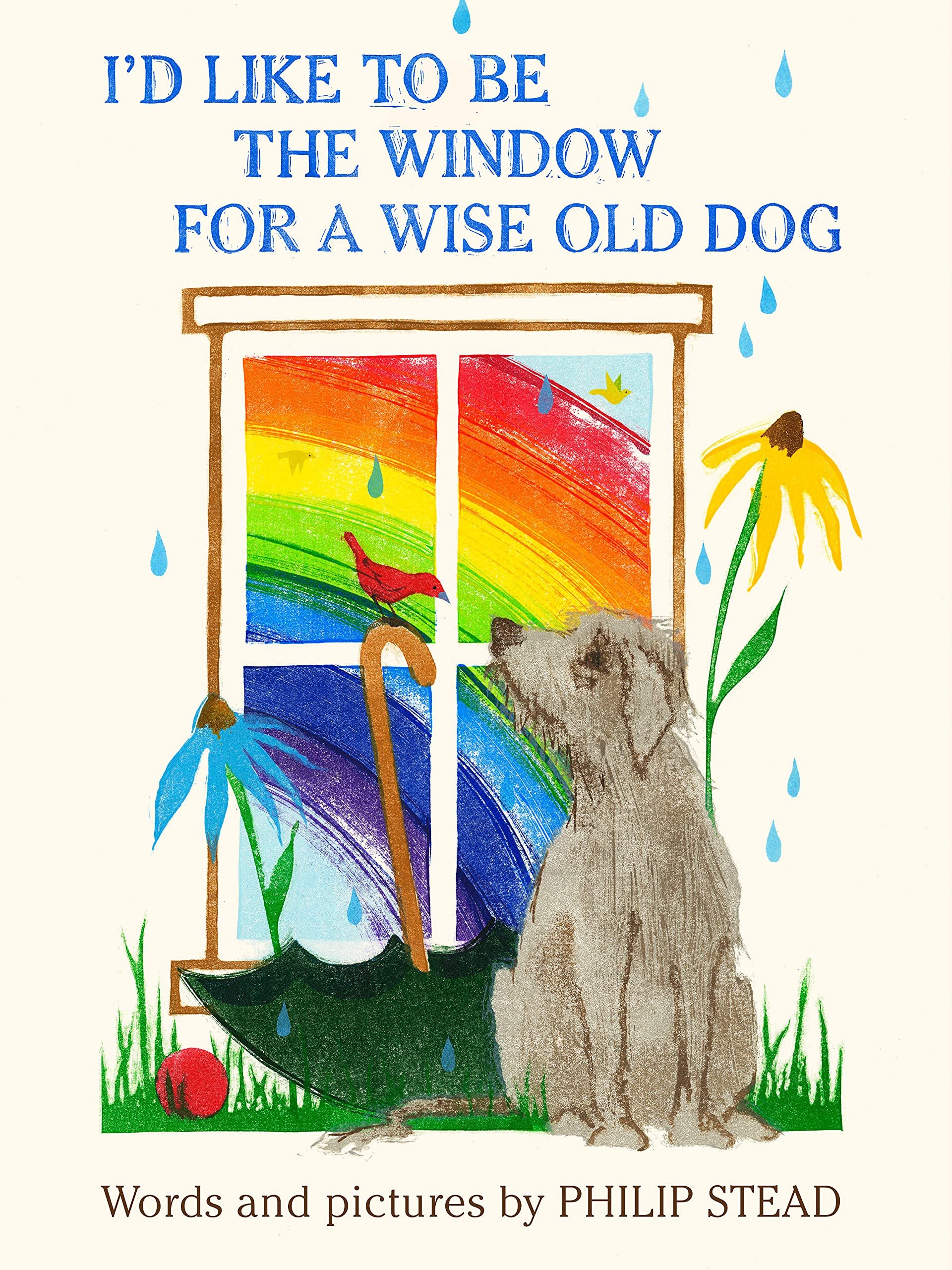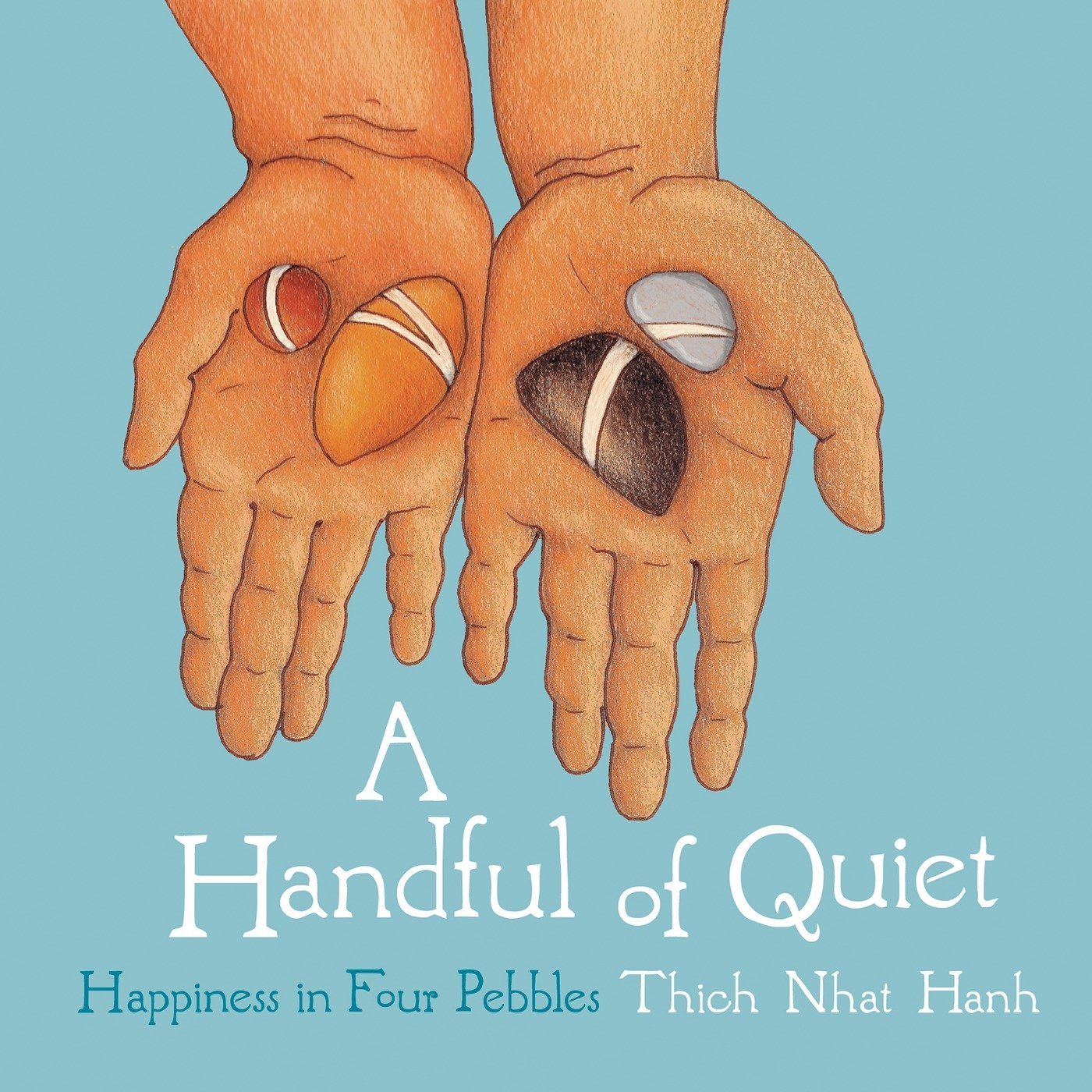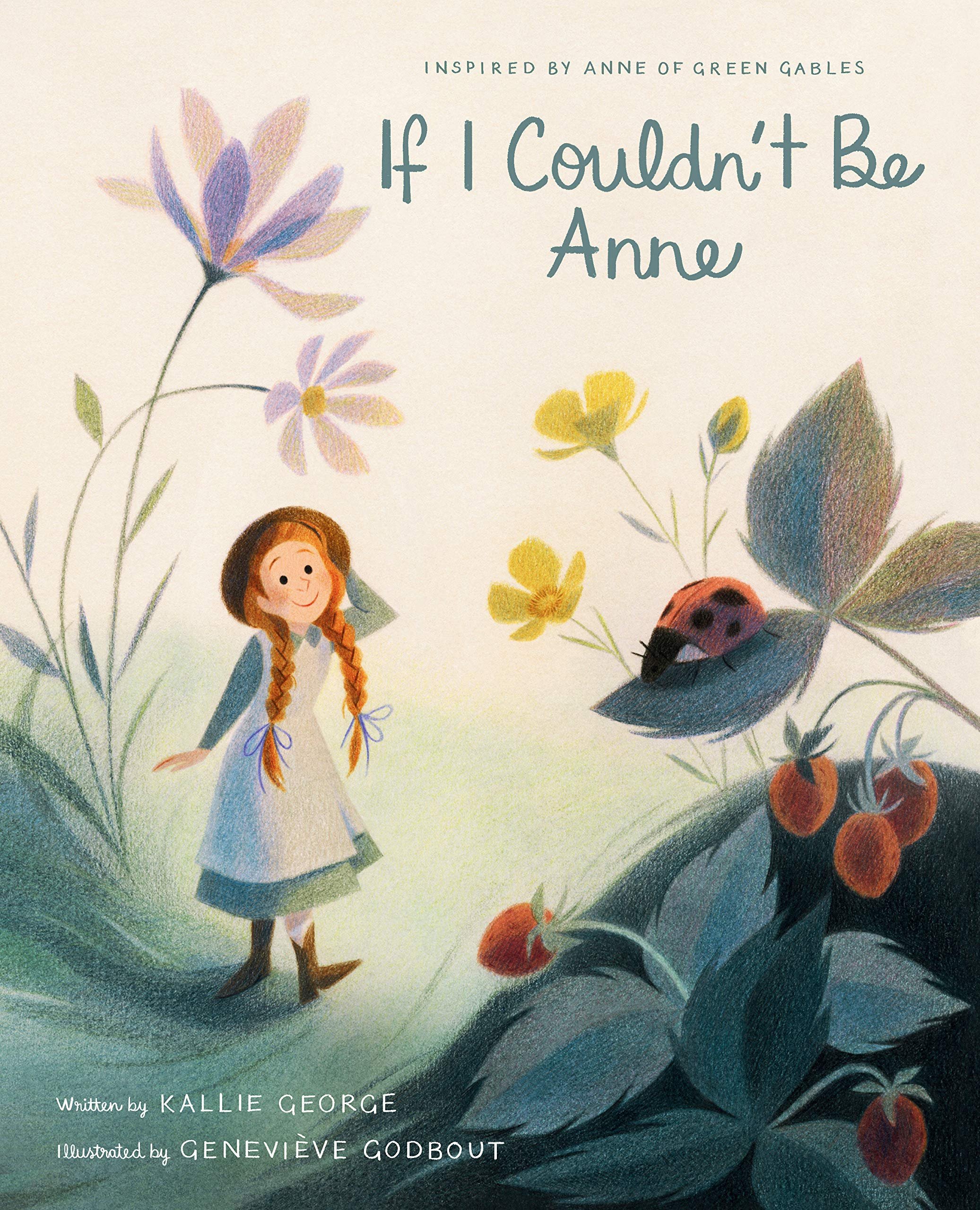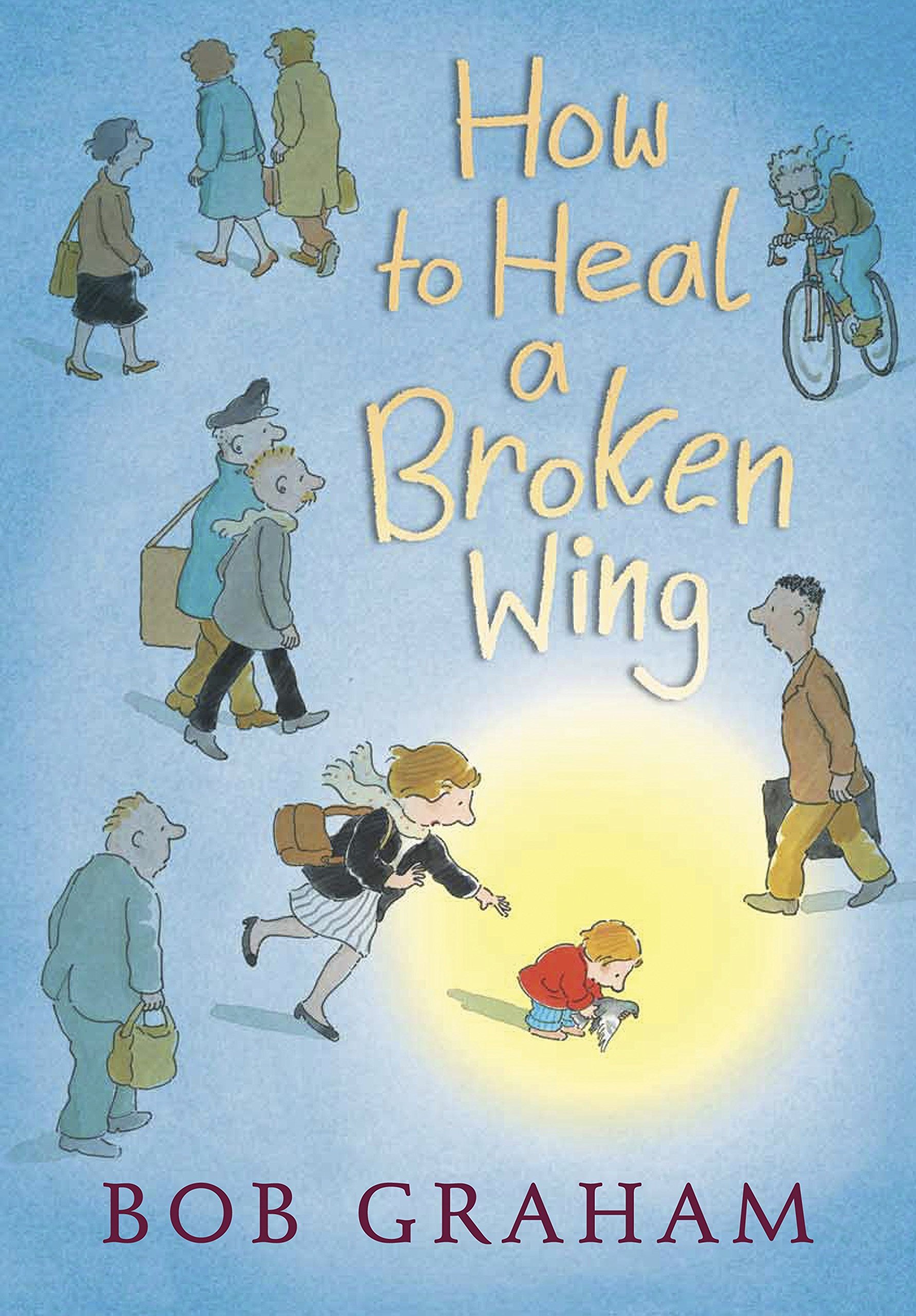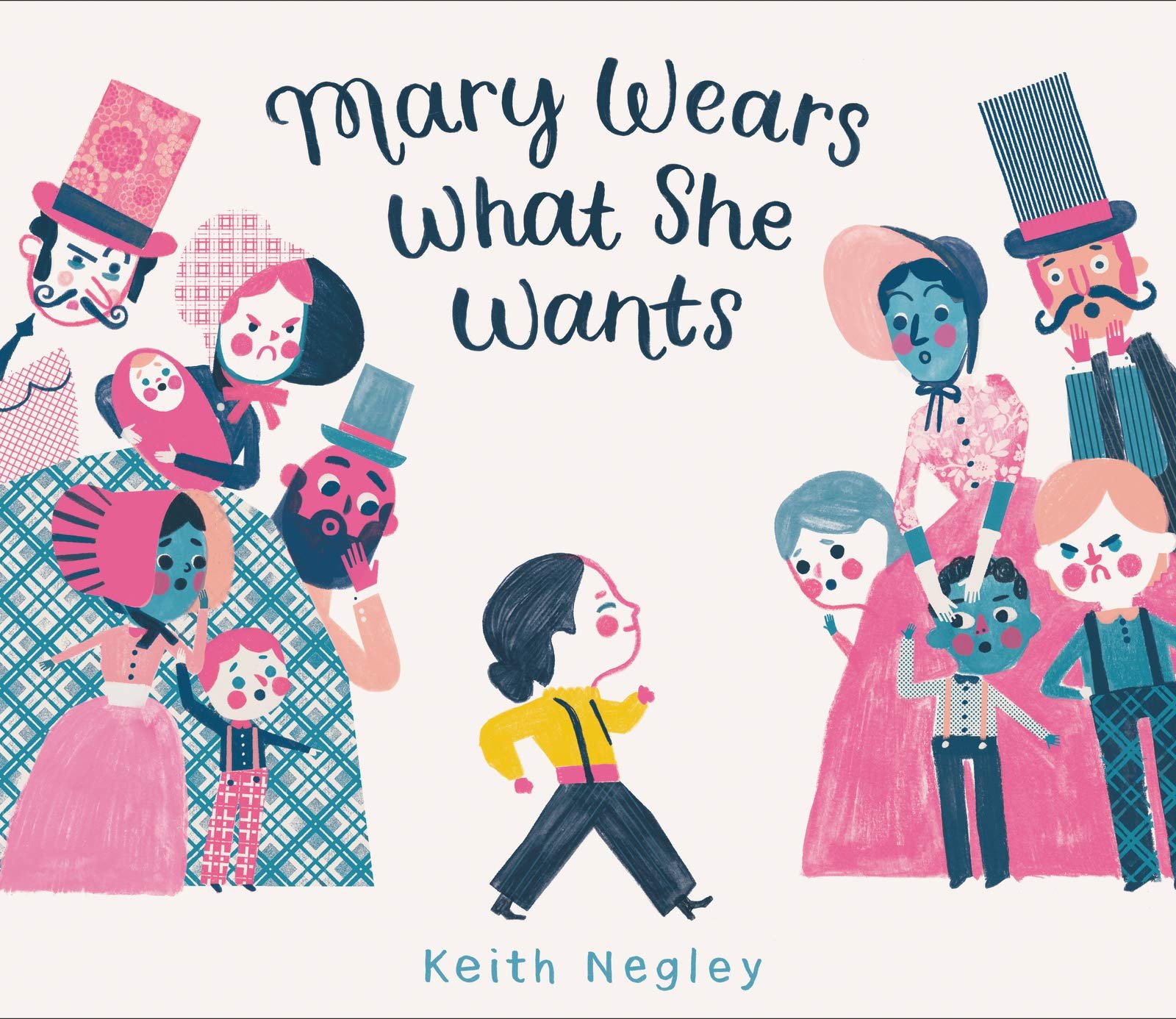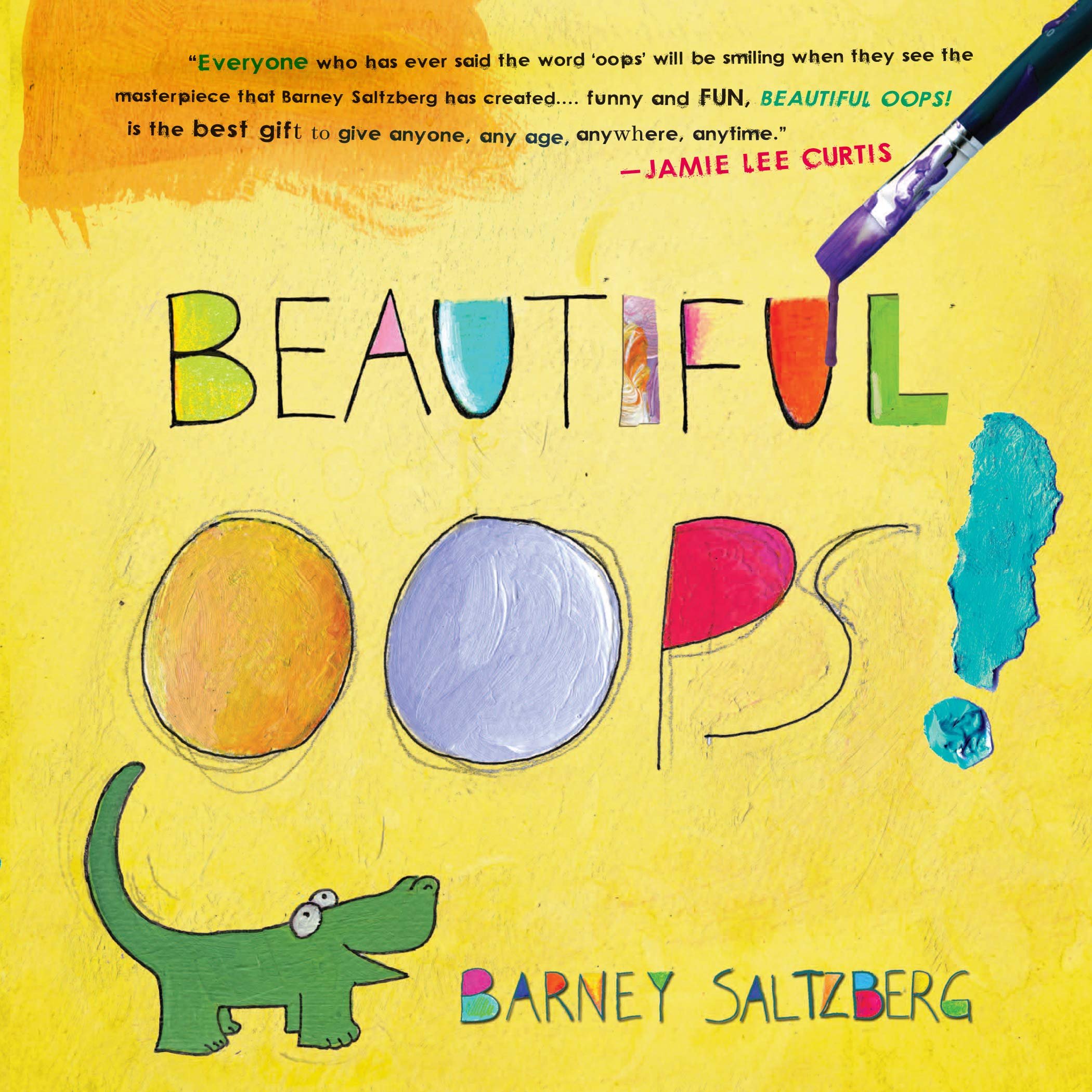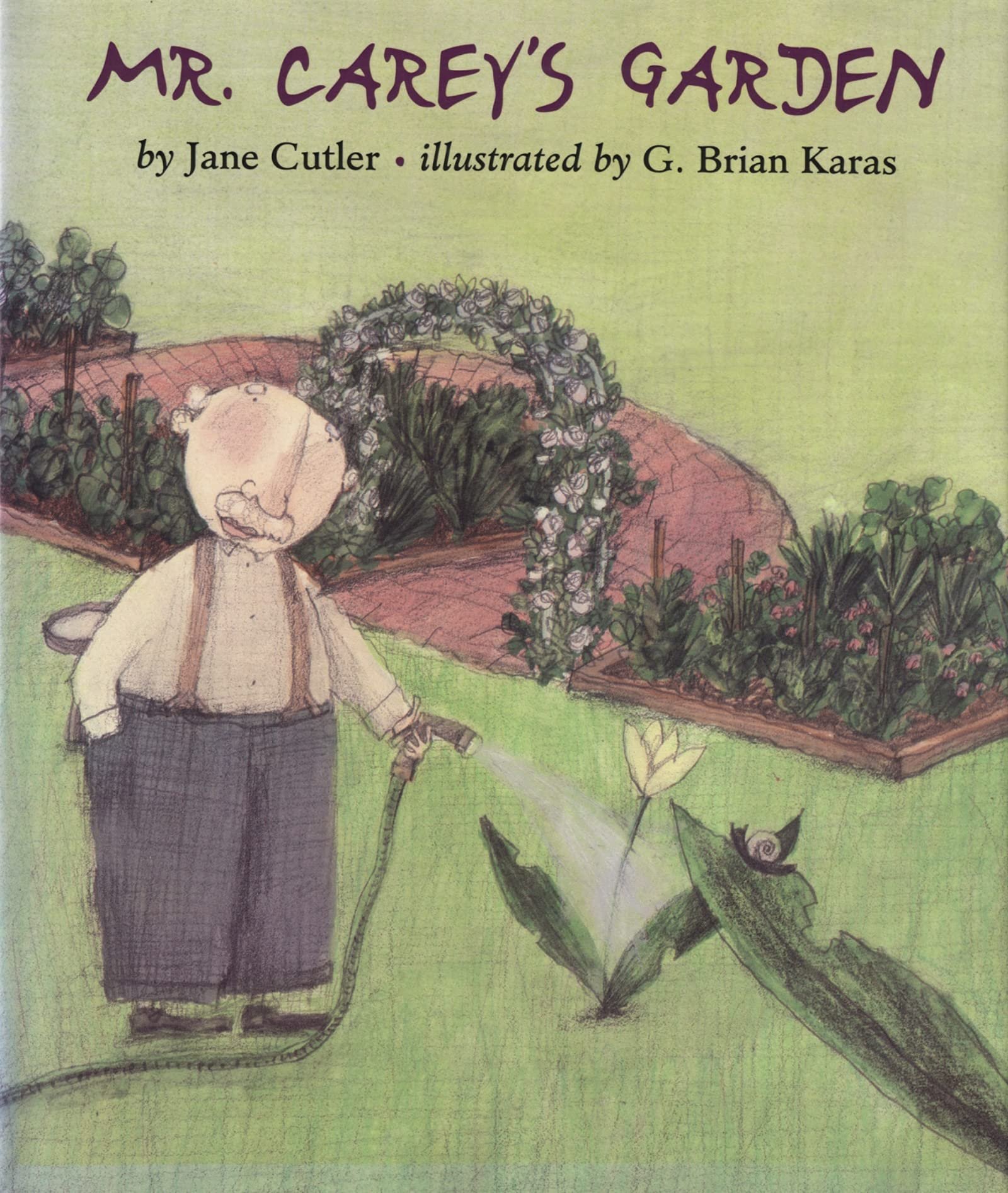10 things creative types do differently—and recommended children’s books
According to Scott Barry Kaufman, a humanist psychologist and co-author of Wired to Create, creativity is something that is “developable” and intrinsically motivated. It’s also a common top character strength among kids.
In his book, he outlines 10 things creative types and artists do differently. Here they are, along with some books that help ignite or reinforce each idea:
1. Imaginative play. “For creative minds, creating itself is an act of play.” Psychologist Sandra Russ says, “pretend play is where many of the cognitive and affective processes important to creativity occur… because the child is making something out of nothing.”
Here are children’s books that focus on imaginative play—from Dory’s sophisticated imaginary world of friends, nemeses and complex in the Dory Fantasmagory series (ages 5-6) to the simple fun of pretend play in Not a Box (ages 2-5).
2. Passion. Creative types are passionate. In order to start or sustain a great project, emotional fuel and intrinsic motivation is often needed. “Mastering the skills necessary to create something valuable takes hard work; passion and effort feed off each other.”
Here are picture books that featuring passion and passionate people pursuing ideas, projects and paths related to their strengths and authentic selves.
3. Daydreaming. Mind wandering can lead to improvements in creative thinking and “offers a huge arena for realizing our own potential.” Imagining future selves helps us control our attention and intention and think of new possibilities. According to Kaufman’s research, having a positive future image of ourselves is the best predictor of creative achievement.
Here are children’s books about daydreaming and mind wandering, featuring kids who dream about possibilities and fantasies about future selves.
4. Solitude. Creatives and innovators need space to concentrate on their ideas and passion. Ideas, feelings and thoughts need space to marinate. This one also seems to go hand-in-hand with sensitivity, listed further down as number eight.
Here are children’s books that focus on solitude as a positive thing, a way to nourish the self and creative spirit. It can be hard to find these! More often than not, solitude is explored in the context of loneliness or not belonging.
5. Intuition. In terms of handling information, “spontaneous methods are useful when we are coming up with ideas, while refocusing and using our rational mind help us figure out how to make these ideas come to life.” According to Kaufman, there is a false dichotomy between rational and intuitive thinking and that the middle ground between them is important for creativity.
Here are children’s picture books focused on intuition and intuitiveness in connecting with the world around them.
6. Openness to experience. According to Kaufman’s research, this is the number one measure of creativity. “Affective engagement— the extent to which people are open to the full breadth and depth of their emotions—was a better predictor of artistic creativity than IQ or intellectual engagement.” Openness also connects with the ability for people to work with multiple ideas, perspectives or projects simultaneously.
Here are children’s books that focus on openness to experience, novelty and worldly wonderment.
7. Mindfulness. Certain types of mindfulness can aid the creative process and help bring balance to a messy mind. Mindfulness can also be helpful in managing a fear of negative judgment.
Here a picture books focused on mindfulness. The one I have the most experience with is Moody Cow—we’ve used it many times at home to guide us in making calm down jars (or galaxy jars, glitter jars).
8. Sensitivity. Creative people are “open to new experiences, emotions, sensations, and ideas, but they are also very sensitive to this new information, often becoming overwhelmed by the myriad of input they’ve let into their consciousness.” They have a refined constitution that enables them to absorb lot from their environment.
Here are children’s books that feature characters who are deeply sensitive to the worlds around them. One of my favorites is A Map Into the World. The story is bittersweet and beautiful and the main character’s sensitivity is seen as a strength and positive force.
9. Turn adversity into advantage. They create meaning from suffering and grow from difficult experiences and mistakes.
10. Think differently. Creative types question the status quo and take risks in their thinking. They keep an open mind when considering ideas, think things through and question themselves.
After reading this list of ten things that creative types do differently, my first thought was on education. Creativity is something most people appreciate and even desire for themselves, but ironically many of these creative qualities are stifled in education. Daydreaming is usually brought up when describing attention problems. Kids who need solitude and quiet can be seen as antisocial, aloof or lonely. And it takes a special teacher to encourage kids who think differently and question authority, especially when the job depends on compliance and measurable growth.
In the real world, these qualities aren’t exactly encouraged either. Media is focused more on a narrow dichotomy of success and failure, on who is winning and losing, and sticky stories that tell us how to think. And the open offices that comprise many of the modern workspaces in the city are terrible for solitude, sensitivity and mind wandering. While fun and solace can be found in digital culture, creative expression is often shaped and limited by the algorithms and hive of the tools we use.
It’s no wonder that creativity declines as kids gets older.
The positive is that, as Kaufman explains in his research and books, creativity is “developable”—it can be learned, practiced and grown at any age.
Open, informal and supportive environments increase creativity, and we can cultivate these types of environments at home, and seek them out in the places we choose to visit with our kids for fun or learning. We can also simply notice these qualities in the books and media we choose, and appreciate them when we see them in our community and ourselves. For more on creativity, find more tips, resources and insight are below. Find more books on creativity here or explore related strengths of wisdom, including curiosity, judgment, love of learning and perspective.


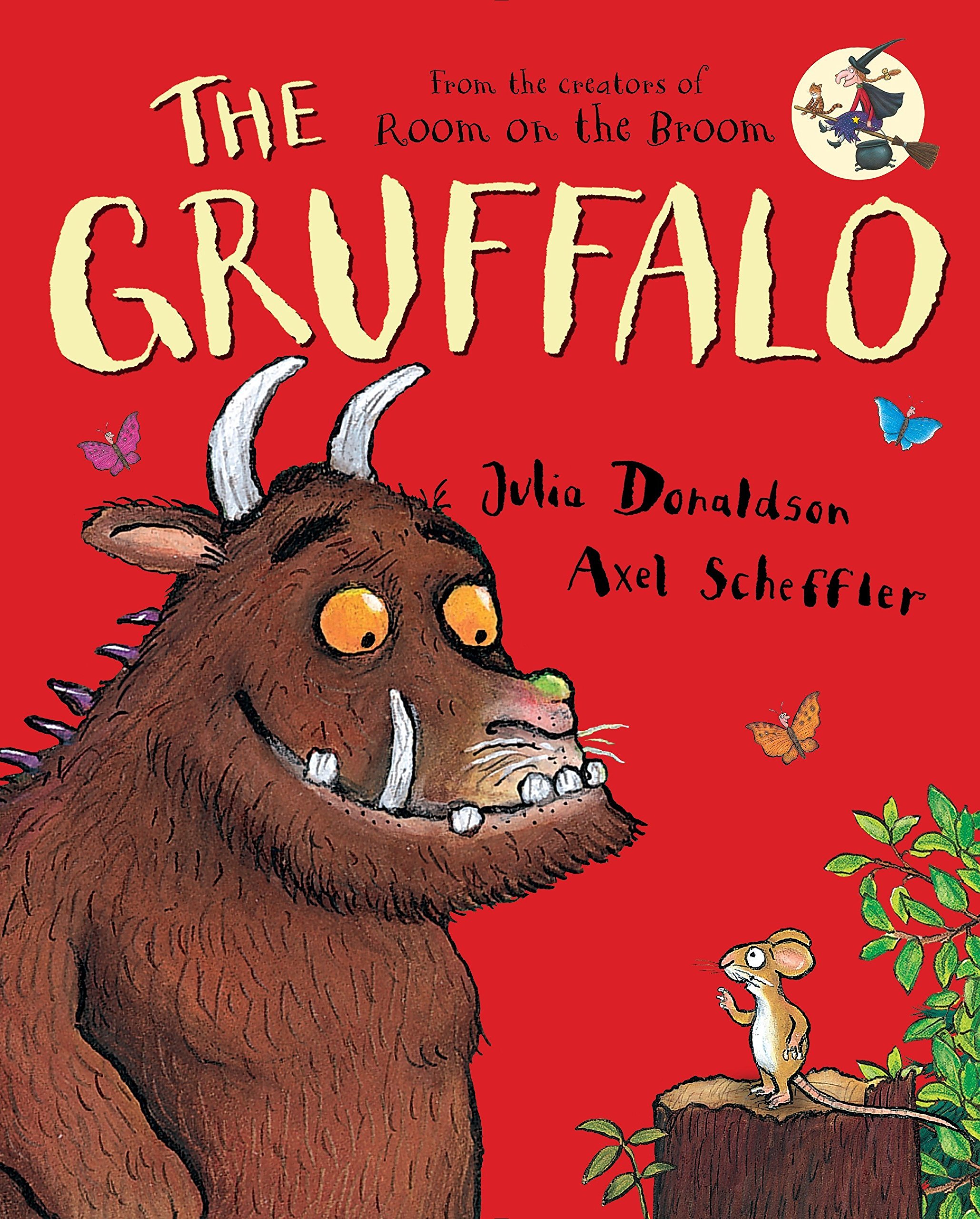


Lots more articles on creativity on the author’s website here ** Recommend perusing here!
The Emotions That Make Us More Creative
Character Lab: Creativity Playbook
Thanks for reading!
-Lauren

